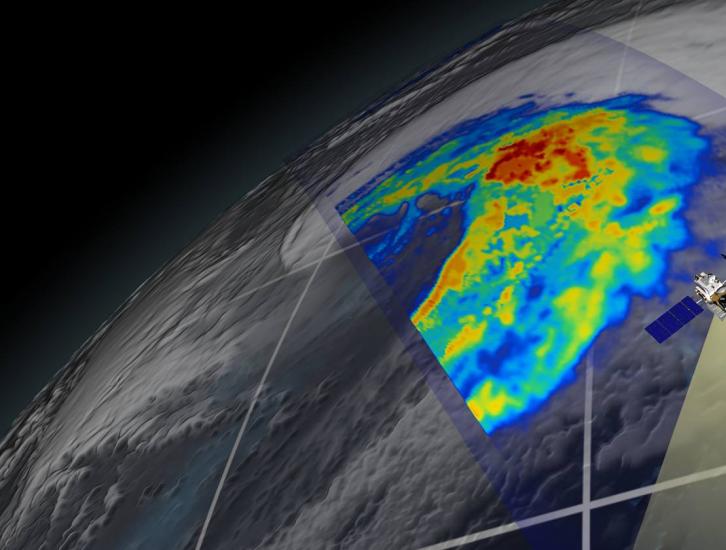
Integrated Hydrological Validation
Integrated hydrologic validation assesses GPM precipitation products by considering how the accuracy of rainfall products being input into hydrological and land-surface modeling affects model outputs. The end goals are to evaluate satellite precipitation measurements for their impacts and utility, and to provide guidance to algorithms that turn satellite retrievals into meaningful estimates of precipitation.
The integrated hydrologic modeling process provides a vehicle to evaluate precipitation inputs over a given hydrological basin (watershed) where the surface inputs (land cover, soil type) are already known within a given uncertainty level. The hydrologic model then uses the GPM precipitation products and compares hydrologic model outputs to results collected in the field. Discrepancies between the two sets of results can then be used as a form of guidance for refining the GPM algorithms that provide the precipitation products.
The integrated ground validation effort also evaluates the impact that GPM products have on different time and spatial scales for applications including flood prediction, water resource monitoring and closure of basin to regional scale water budgets.
Finally, because characteristics such as soil moisture or the presence of snow on the ground affect the background emissivity detected by passive microwave measurements, the measurements made during ground validation campaigns provide input to refine GPM Microwave Imager (GMI) physically-based retrieval algorithms - especially for those algorithms developed to work over land.

